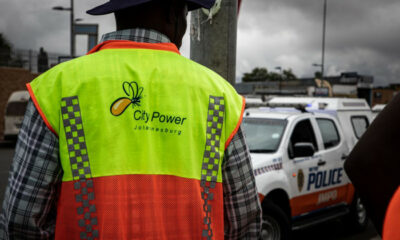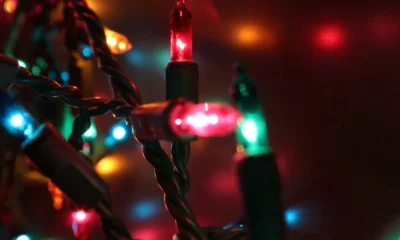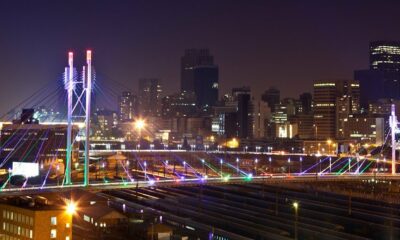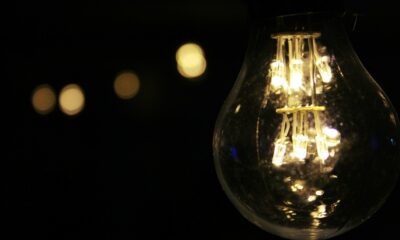411
R1,615 for Zero Usage, Why Joburg’s Electricity Prices Are Raising Eyebrows
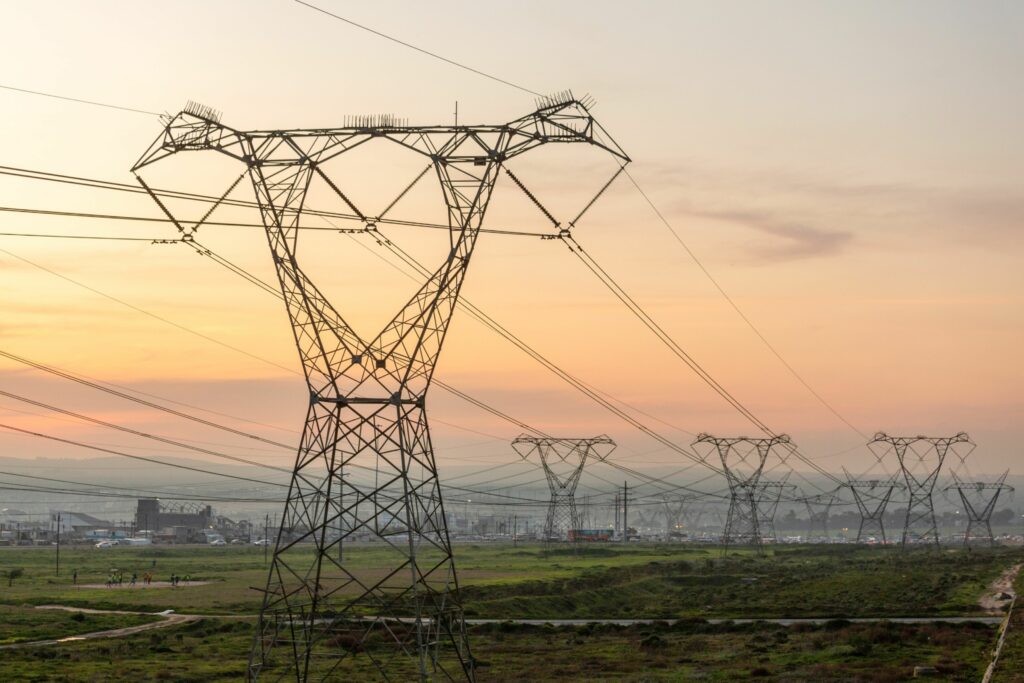
If you’re a City Power customer in Johannesburg with a postpaid meter, your electricity bill could soon shoot up—even if you use zero electricity.
That’s the warning from the South African Photovoltaic Industry Association (Sapvia), which has slammed the City of Johannesburg’s (CoJ) proposed electricity tariff for the 2025/2026 financial year. The plan includes increasing the fixed monthly charge for postpaid customers from R1,070 to R1,615, while keeping the prepaid fixed fee at R230.
That’s a whopping 51% increase, and it means postpaid users could pay seven times more than their prepaid counterparts—even if both consume the same amount of power.
Why It’s a Problem
Sapvia’s PV Working Group says the gap between prepaid and postpaid fees amounts to “unfair discrimination”. While cities like Cape Town, Durban, and Tshwane charge similar fixed rates regardless of meter type—or even zero fixed fees—Joburg’s setup is an outlier.
According to Sapvia, this model fails to meet the three core principles set out by the National Energy Regulator of South Africa (Nersa):
-
Cost-reflectivity
-
Fairness and equity
-
Efficiency
Nersa recently ruled that Eskom’s R423 postpaid fixed fee was not cost-reflective. Joburg’s proposed R1,615 is nearly four times higher, raising serious questions about the logic behind the city’s billing system.
Prepaid vs Postpaid: What It Really Costs
Postpaid users do get a slightly lower variable rate per kilowatt-hour, but it’s not enough to offset the higher fixed fee. Sapvia estimates that a household using 900kWh per month would still pay over R1,000 more than a prepaid household.
And for households using less than that? The gap widens even further.
The official reason for the higher postpaid charges? Administration costs. But that doesn’t hold up when other metros are managing just fine with equal or no fixed charges at all.
Solar Users Get the Short End
Sapvia’s criticism also has a solar power angle.
To sell excess electricity back to the grid, Joburgers must have a bidirectional postpaid meter. These are not only costlier to install, but under the current tariff proposal, users would also have to pay the R1,615 monthly fixed fee before seeing any credit.
To “break even,” a solar user would need to produce 1,583kWh/month—requiring as many as 22 solar panels. For context, most home systems have 4 to 6 panels.
The result? Solar adoption becomes even less attractive just when the country needs it most.
Public Feedback Ends — What Happens Now?
The public participation period on the proposed tariffs closed on 12 May 2025. City Power is now set to finalise its rates for the next financial year.
Sapvia has stopped short of suggesting a specific number, but said any fixed fee should be closer to R230 than R1,615.
The bigger question remains:
Should prepaid users pay more—or should postpaid users pay less?
Until CoJ addresses the discrepancy, Joburgers may keep paying the price.
Electricity tariffs are supposed to be fair, cost-based, and encourage efficiency. But Joburg’s proposed system seems to punish responsible users, discourage solar power, and widen the affordability gap.
As electricity prices climb, residents are right to ask: Who is this system really serving?
{Source: My Broad Band}
Follow Joburg ETC on Facebook, Twitter , TikTok and Instagram
For more News in Johannesburg, visit joburgetc.com

